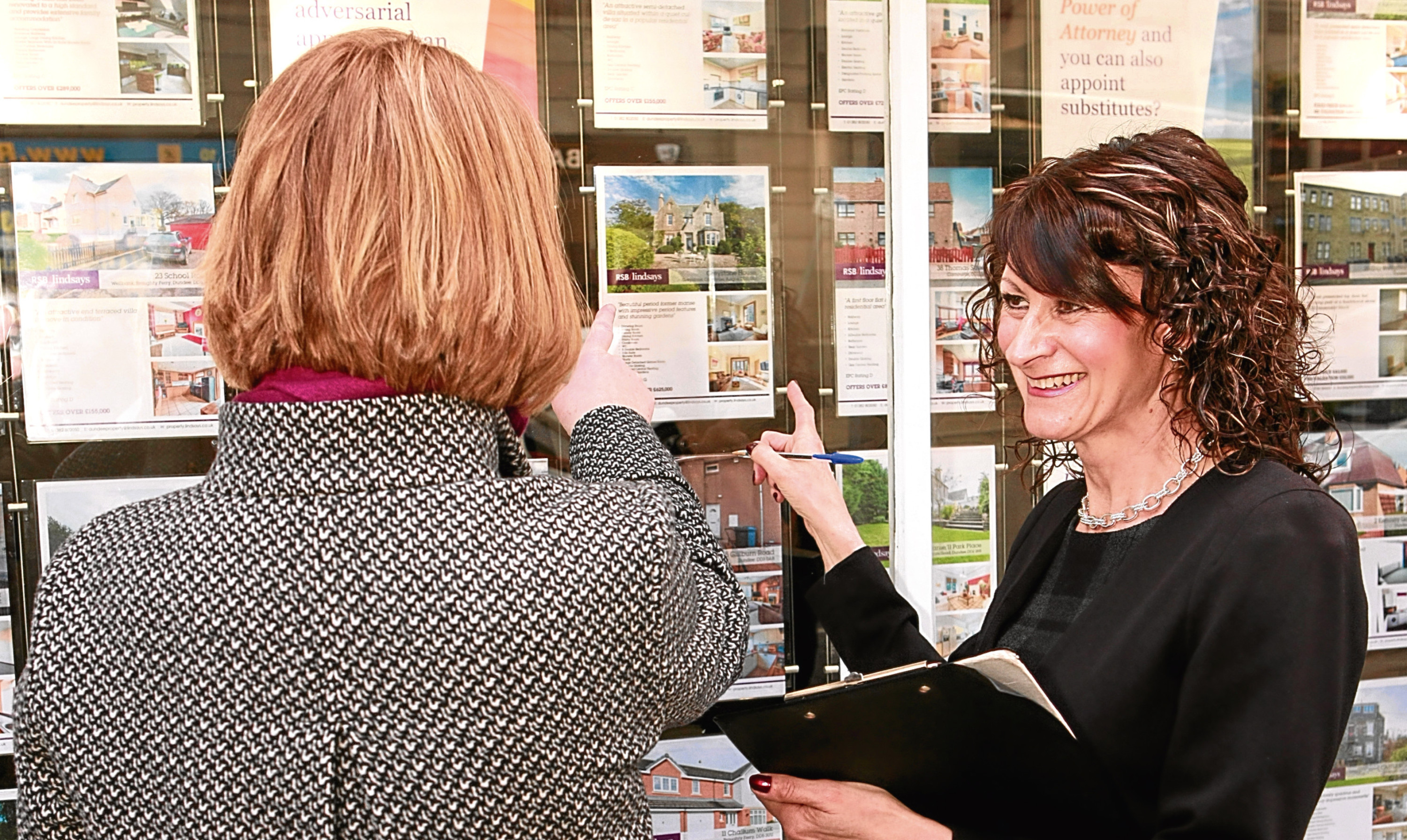The Scottish economy is set to lag behind the UK for the next two years as the ramifications of Brexit hits and consumers tighten their belts.
Accountancy giant PwC’s latest UK Economic Outlook report suggests Scotland will see growth of 1.2% in 2017 and 1.1% next year.
The wider UK is expected to outperform Scotland with a 1.5% increase in GDP this year and a 1.4% rise in 2018.
Across Britain, economic growth held up better than expected in the six month period following the Brexit vote, but the situation deteriorated in the first half of 2017 as inflation took its toll.
“While some may see concern at the fact Scotland and Northern Ireland are at the bottom in terms of GDP improvement, there is actually very little separating most of the UK,” Lindsay Gardiner, regional chair for PwC in Scotland, said.
“This year the best growth we expect any region – except for London – will see is 1.5% and it is 1.4% next year.
“Where concerns should perhaps be focused is around wage growth as many are offsetting limited growth through increased borrowing – which may have a longer term impact via interest rate rises or employment downturn.
“It’s too early to speculate on how the Brexit talks are going to impact growth, however current exchange rates have some offsetting benefits for net exports.
“The main message we are discussing with businesses at the moment is to consider where Brexit may have an impact and to make contingency plans for a number of scenarios, particularly those who may face changes in customs tarrifs or employment challenges.”
Of the economic sectors that PwC did examine, it said the Scottish property market was demonstrating an uneven bounce back from a marginal price retraction during 2016.
Overall, the Scottish property sector is on track for 2.5% growth in 2017 but it said Brexit was impacting on the number of transactions being completed – with the figure falling for 12 consecutive months.
However, PwC said it expected the average house price in Scotland to grow from £139,000 to £160,000 by 2020.
Richard Snook, senior economist at PwC, said: “There is a huge disparity in how sub-regional housing markets have performed since the recession.”
